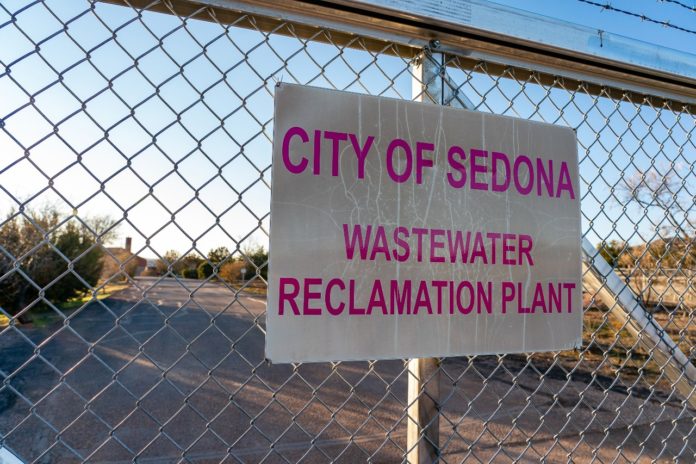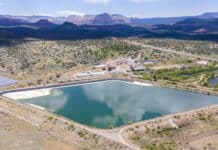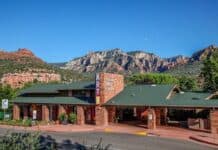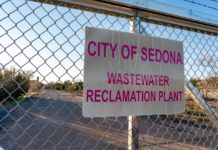
Residents who requested a little extra help with paying their wastewater bill are expected to see their rates return to pre-pandemic days.
The temporary subsidy rate ended March 1, which means that statements received in April for the March billing will reflect the rate residents had before the subsidy took effect.
City Finance Director Cherie Wright said that prior to COVID-19, the income qualification for the city’s wastewater residential low-income subsidized rate — as well as other qualifications such as level of water usage — had always been based on annual household income. This was substantiated by documentation such as the most recent federal tax return, Social Security Award letter or SSI/ Disability letter.
“When residents were losing their jobs or income source as a result of COVID-19, we temporarily suspended that policy for substantiating income levels,” she said. “Residents who had lost their jobs or income source were not always able to substantiate with tax returns.
“It has now been a year since the temporary low-income subsidy rate was put in place. Most businesses in Sedona have reopened, and many people have returned to work. We believe residents still eligible for a low-income subsidized rate will be able to complete our standard low-income application and be able to substantiate their income levels.”
She added that the city is always open to working with customers and frequently negotiates payment agreements, so if someone needs additional accommodation, they simply need to contact the City Finance Department.
This subsidy has been available for residential use and not commercial use. Wright said the city’s current commercial rate structure only provides limited means for providing accommodations to those customers.
“When businesses were closed, we were able to change their billing to the minimum commercial rate,” she said. “When businesses reopened, we were only able to offer accommodations within the confines of the rate structure.”
For example, when restaurants were only allowed to operate at 50% capacity, those restaurants with fees based on square footage were charged based on 50% of their square footage. Accommodations were made for other commercial customers as well, based on their applicable rate structure.
“Same as with the residential customers, we work with commercial customers whenever accommodation is needed,” she said.
If you believe you may qualify for the standard subsidy rate, you are encouraged to check the requirements. You will need to fill it out and provide the required documentation with the application. You may email the application and documentation to wastewater billing@sedonaaz.gov or you can drop it in the city’s drop box outside by the parking lot. Another option is to bring it to the city’s finance office between the hours of 8 a.m. and noon. Monday through Thursday.
To read the most up-to-date information on the city’s response to COVID-19, including community and business resources, go to sedonaaz.gov/covid19.





















